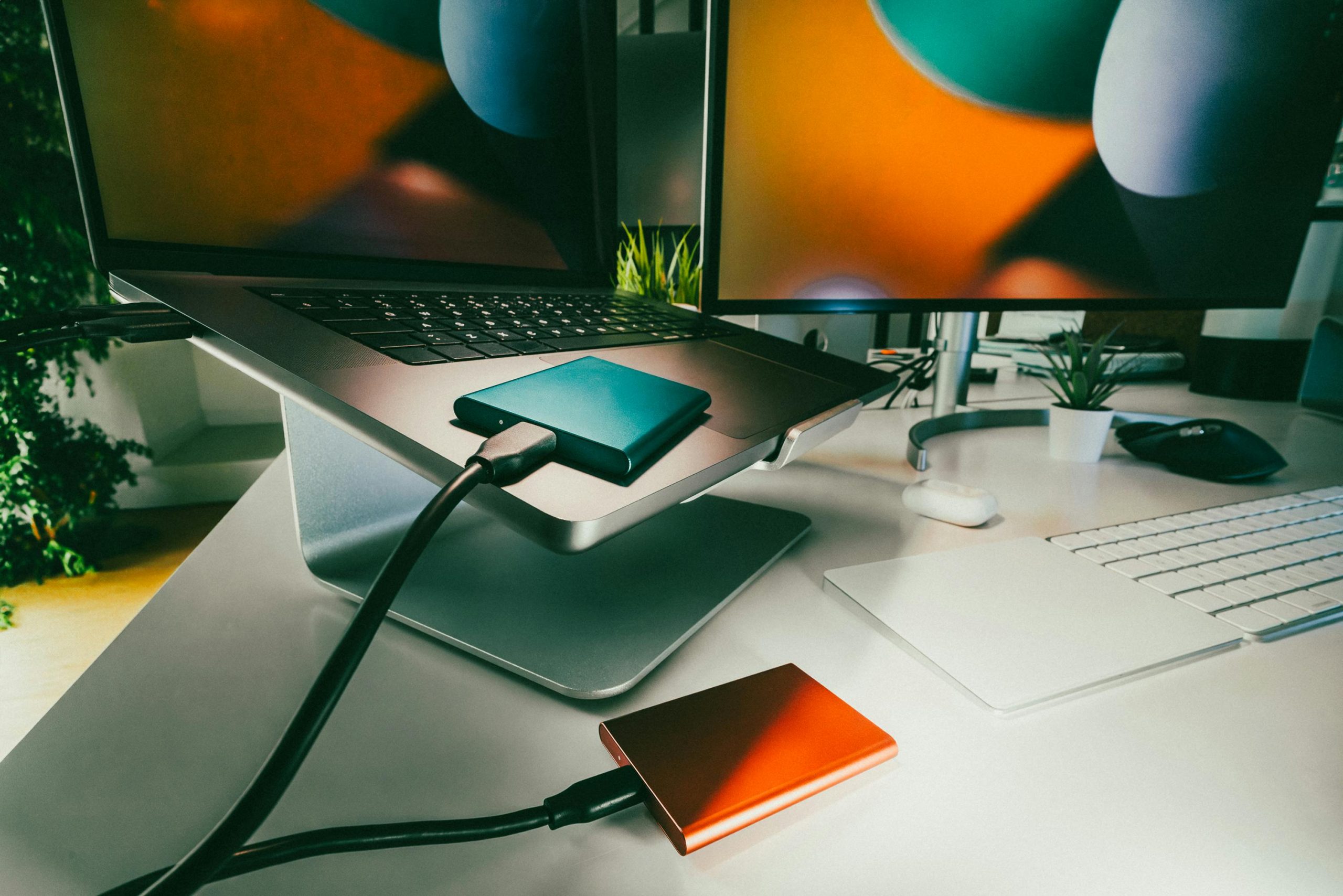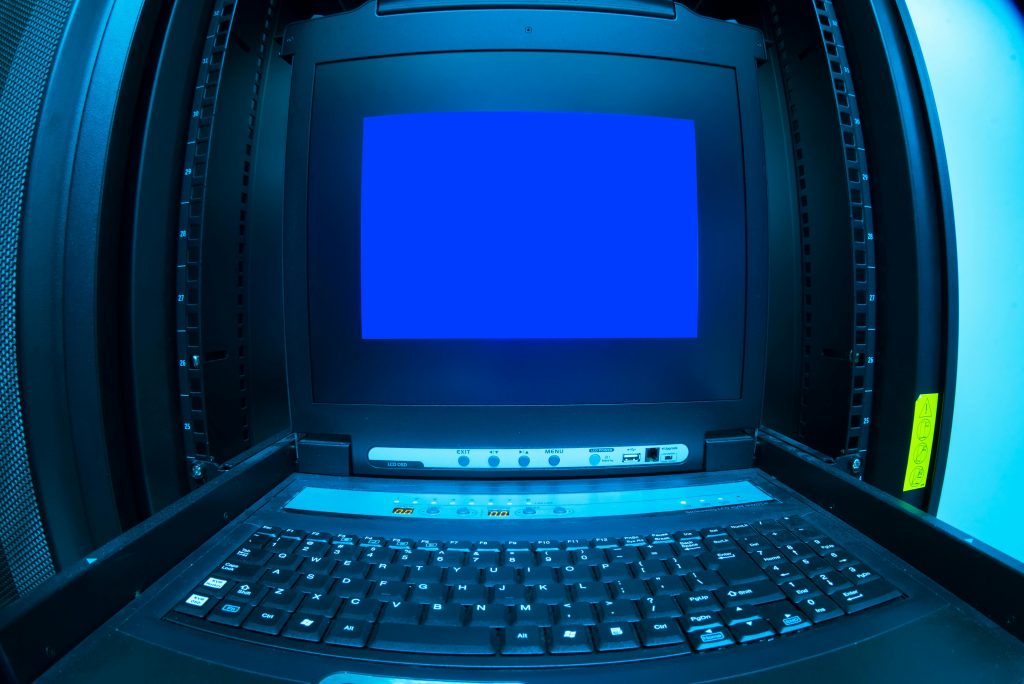Troubleshooting External Display Connectivity Issues with MacBook Air M2: “No Signal” Problem
Introduction
Many MacBook Air M2 users seek to extend their workspace using external monitors. However, encountering issues such as a monitor displaying “No Signal” despite being recognized by the system can be frustrating. This article explores common causes and practical solutions to resolve external display connectivity problems, specifically when using older monitors with DVI or VGA inputs.
Scenario Overview
Consider a scenario where a user attempts to connect an older AOC monitor—originally configured for PC or gaming consoles—to a MacBook Air M2. The setup involves a DVI-to-HDMI connection via a high-quality USB-C hub. The monitor is detected by the system, but remains blank with a “No Signal” message, even when mirrored or extended.
Common Challenges
- Compatibility issues between the MacBook’s HDMI output and the monitor’s DVI input.
- Limitations of the DVI-to-HDMI conversion—especially regarding signal types.
- Compatibility issues with the external dongle or hub.
- Incorrect input settings on the monitor.
- Resolution or refresh rate mismatches.
- Outdated or incompatible hardware drivers or firmware.
Recommended Solutions
- Verify Monitor Input Settings
Ensure the monitor is set to the correct input source (DVI or HDMI). Since the monitor defaults to DVI, double-check that it is actively set to receive input from that port.
-
Test with Alternative Cables and Adapters
-
Swap DVI-to-HDMI cables to rule out a faulty connection.
- If possible, try connecting the monitor directly via a different adapter or port.
-
Use a known working HDMI cable to eliminate cable issues.
-
Confirm Resolution and Refresh Rate Compatibility
-
Access your Mac’s Display Settings and try setting the external display to lower resolutions and refresh rates supported by the monitor.
-
Experiment with different resolutions, such as 1024×768 or 1280×1024.
-
Power Cycle the Devices
-
Turn off the monitor, disconnect it from all cables.
- Restart your MacBook Air.
-
Reconnect the monitor, ensuring all connections are secure before powering on the monitor.
-
Update Hardware and Firmware
-
Ensure your macOS is up to date.
- Check if the USB-C hub’s firmware is current.
-
Consider testing with a different hub or adapter if available.
-
Consider Hardware Limitations
-
Recognize that older monitors with DVI or VGA inputs might
Share this content:



